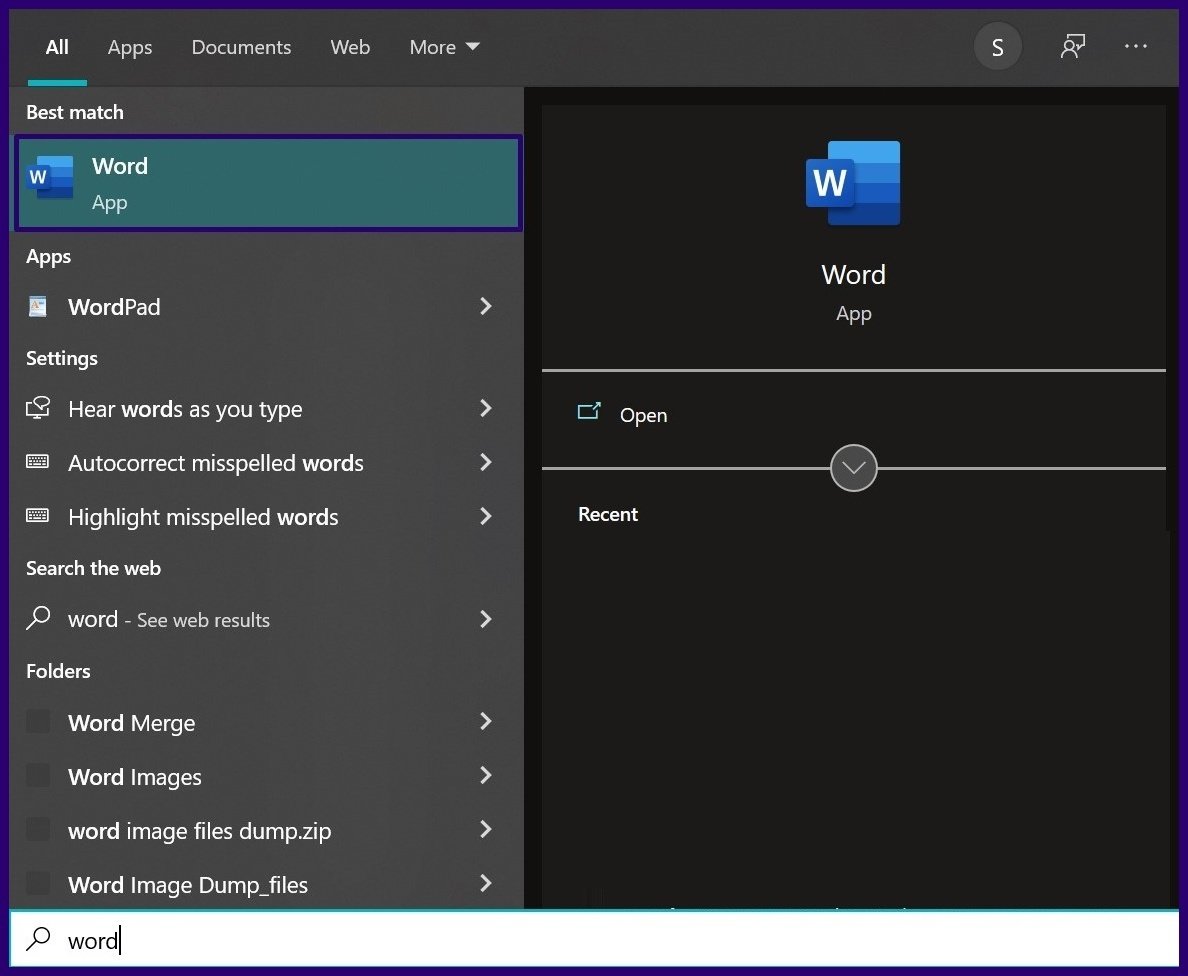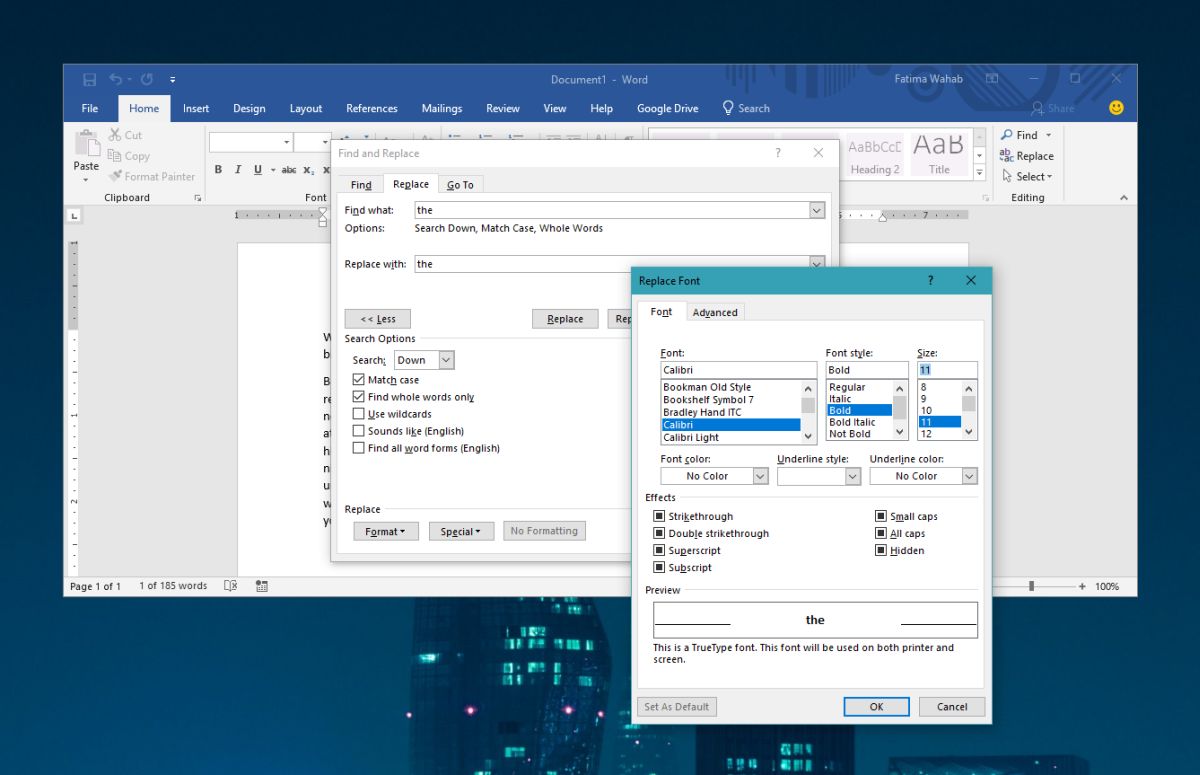

Please go to the Microsoft Disability Answer Desk site to find out the contact details for your region. The Disability Answer Desk support team is trained in using many popular assistive technologies and can offer assistance in English, Spanish, French, and American Sign Language. If you have a disability or questions related to accessibility, please contact the Microsoft Disability Answer Desk for technical assistance. Microsoft wants to provide the best possible experience for all our customers.
Microsoft word find and replace font how to#
Learn how to navigate Word using accessible features Technical support for customers with disabilities Set up your device to work with accessibility in Microsoft 365

Use a screen reader to insert and change text in Wordīasic tasks using a screen reader with Word You hear: "Microsoft Word dialog, OK button." Press Enter, Esc to close the Advanced Find dialog and return the focus to the document. Press Alt+A to replace all occurrences of the first font style with the second one.


Press Alt+Y to move the focus to the Font style menu, press the Down arrow key until Narrator announces the font style you want to use, for example, "Regular," and then press Enter to select. You hear: "Find Font window, Font, editing text." Press Alt+O, F to open the Find Font dialog. The focus returns to the Replace with text field. To reset the Replace settings before a new search, press Alt+O, press Alt+Up arrow key, and then press Alt+T to select No Formatting. Get really good ideas every day: Subscribe to the Daily Dispatch and Weekly Wrap (it’s free).Word remembers the Replace settings you last used in the Advanced Find dialog, for example, if you searched for the Bold formatting and replaced it with Italic. Illustration © Subscribe to Attorney at Work However, once you reset your default fonts, at least your days of adjusting the fonts every time you start a document are behind you.Ĭlick here to read more of Deborah’s Microsoft Office tips. In the Find Font window, click the Italic option (or whatever formatting you want to. Next, click the Format drop-down menu and choose the Font option. On the Replace tab, click to place your insertion point in the Find What box. This doesn’t affect documents you receive from others or any existing documents you created. Fire up the Find and Replace dialog box by heading to Home > Replace or pressing Ctrl+H. Now Every New Document You Start in Word Will Use the Microsoft Office Fonts You Prefer Save everything you’ve done by clicking Set as Default on the Design tab (next to the Colors and Fonts buttons). Word will ask whether you want to make this the default for this document only or for all future documents based on the Normal template. Select +Body and the size text you want, then click Set as Default in the lower left-hand corner. Go to the Home tab and click on the small launcher arrow in the lower right-hand corner of the font section to go to the Font dialog box. Once you reset the font style, the default text size is an easy fix, too. Then you can name your preferred font set before clicking Save. Just use the drop-down for each to find a font more to your liking. This is where you set the two Styles I told you about earlier, +Body and +Headings, which in turn control basic settings for many of the other Styles in a Word document. On the left, you’ll see Heading font and Body font. That’s going to take you into the Create New Theme Fonts dialog box. From here, you want to choose Customize Fonts. Clicking on Fonts will give you a list of preconfigured font sets. Over on the far right is a drop-down called Fonts. These settings are found in the Design tab (introduced into Microsoft Word with version 2013). Fortunately, you can permanently change just two Styles (+Body and +Headings) to give your documents a more businesslike typeface. One of the most persistent frustrations legal users have with Microsoft Word fonts is the default font settings. If you’re sick of MicroSoft word fonts Calibri and Cambria, change your default heading and body styles so you can start every new Word document with the fonts you prefer.


 0 kommentar(er)
0 kommentar(er)
